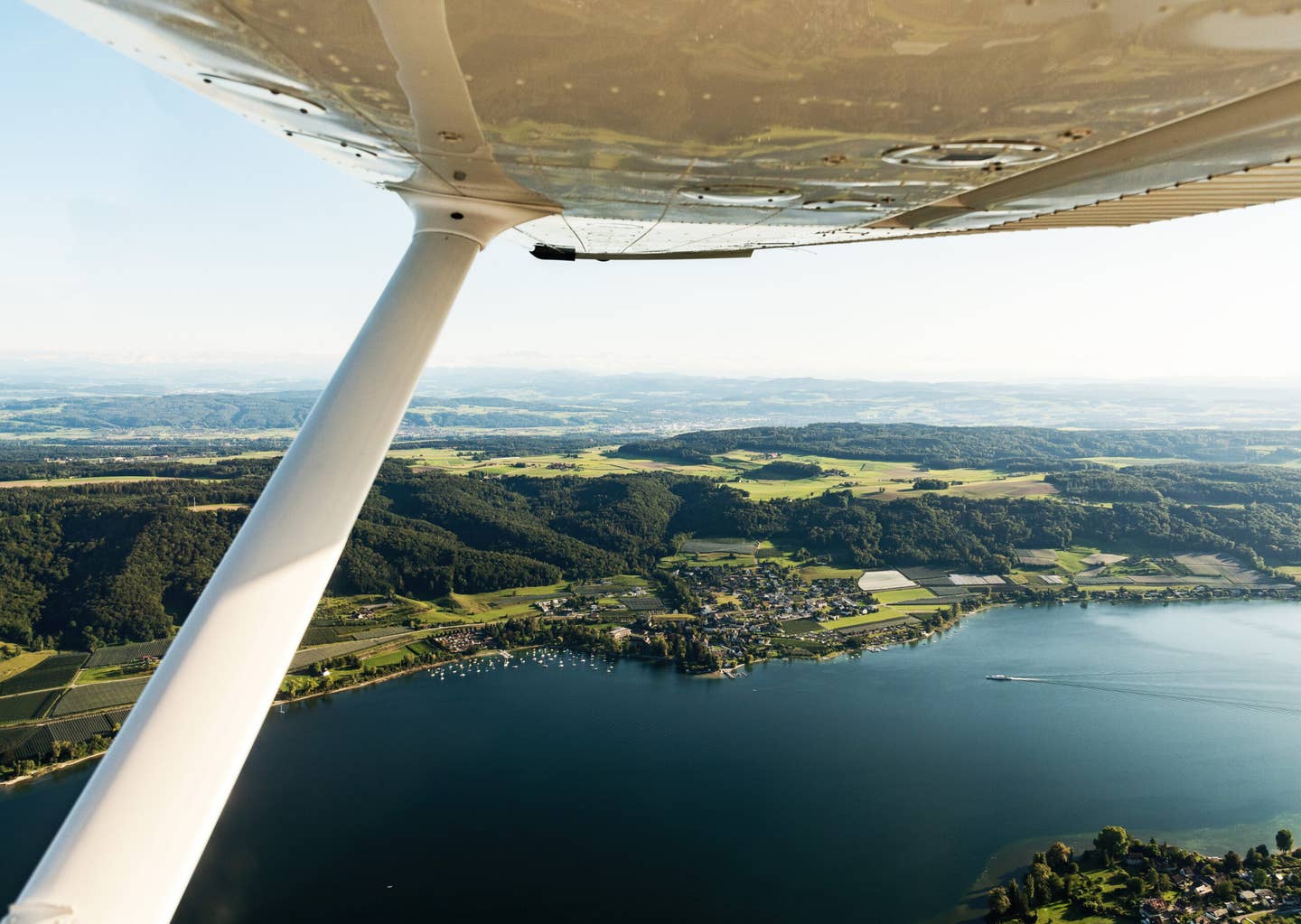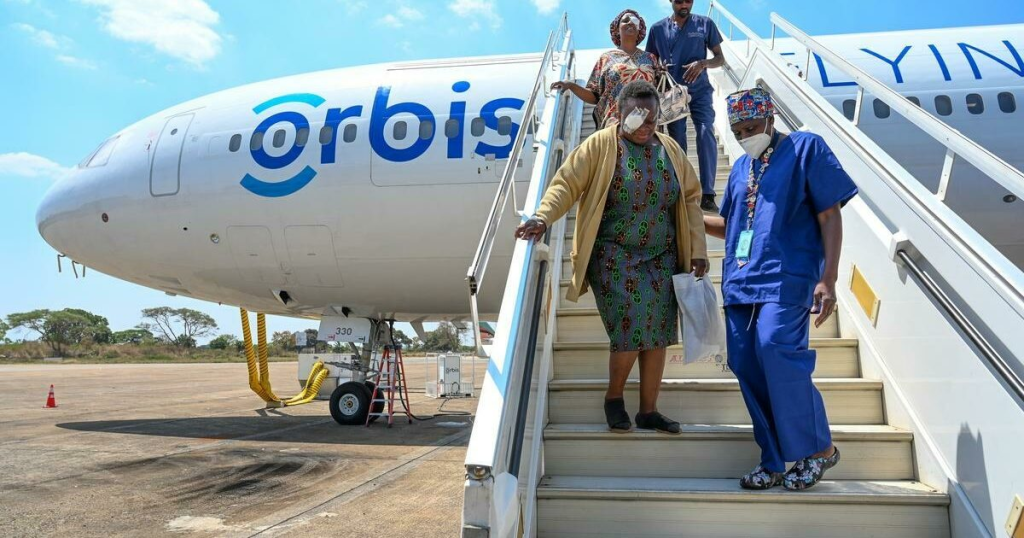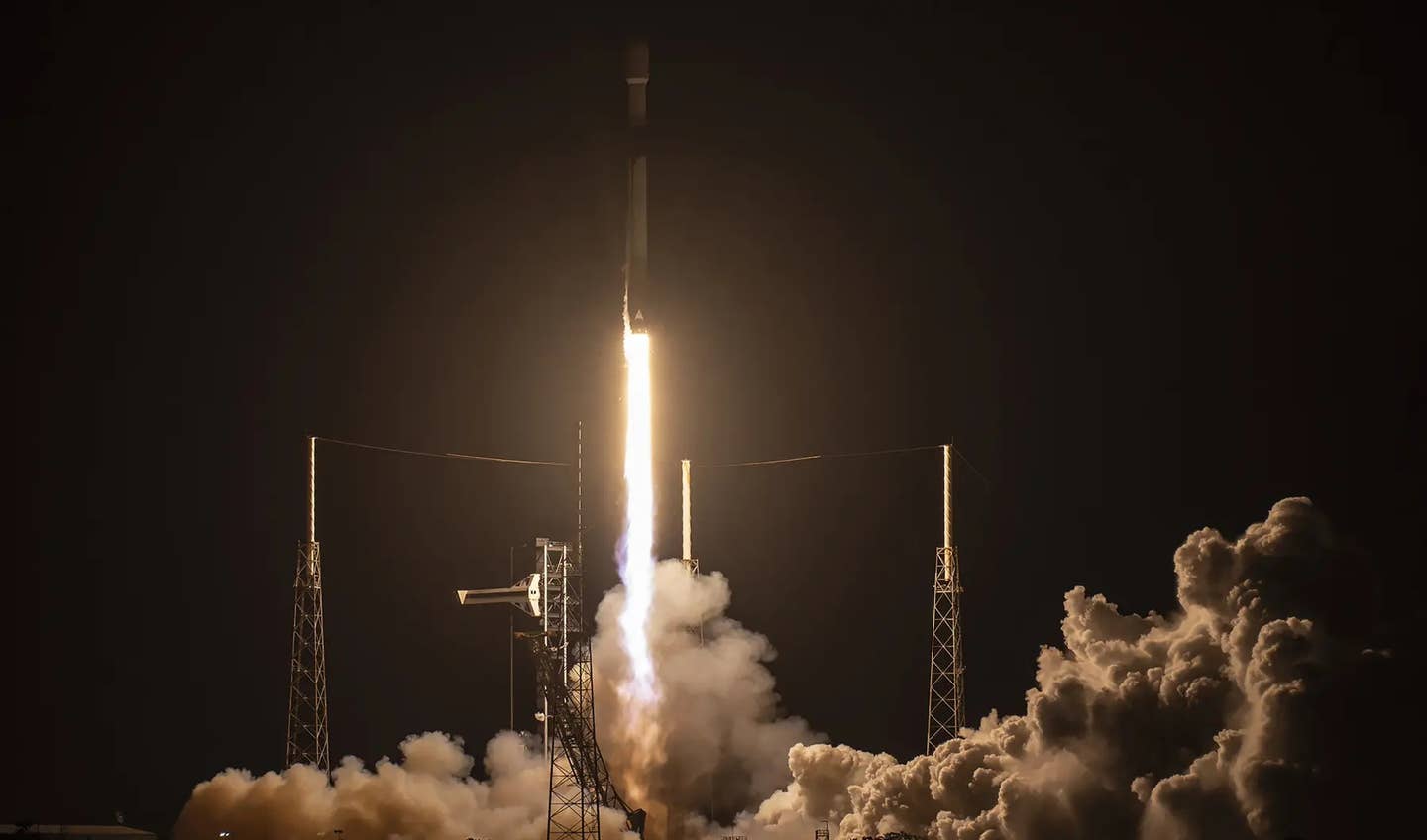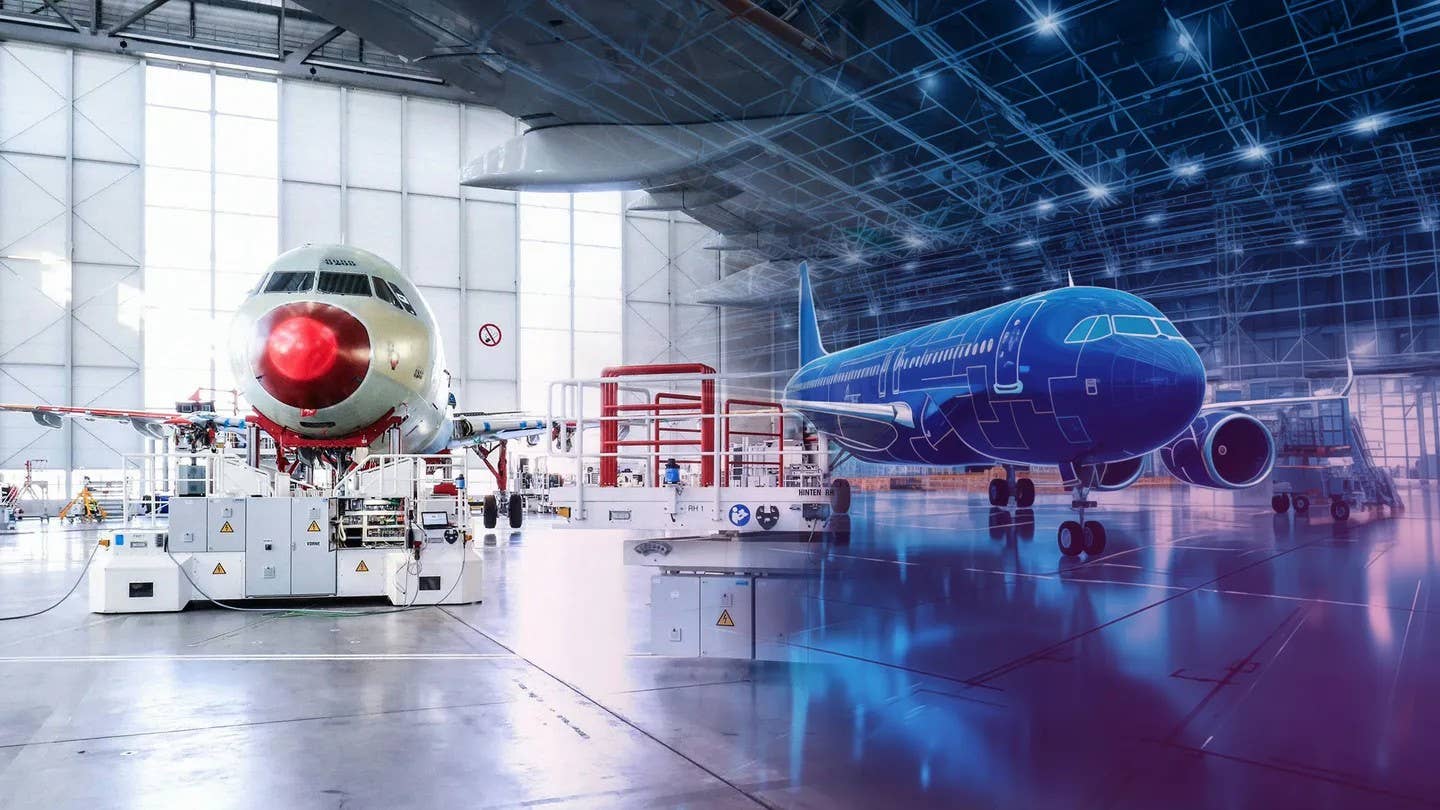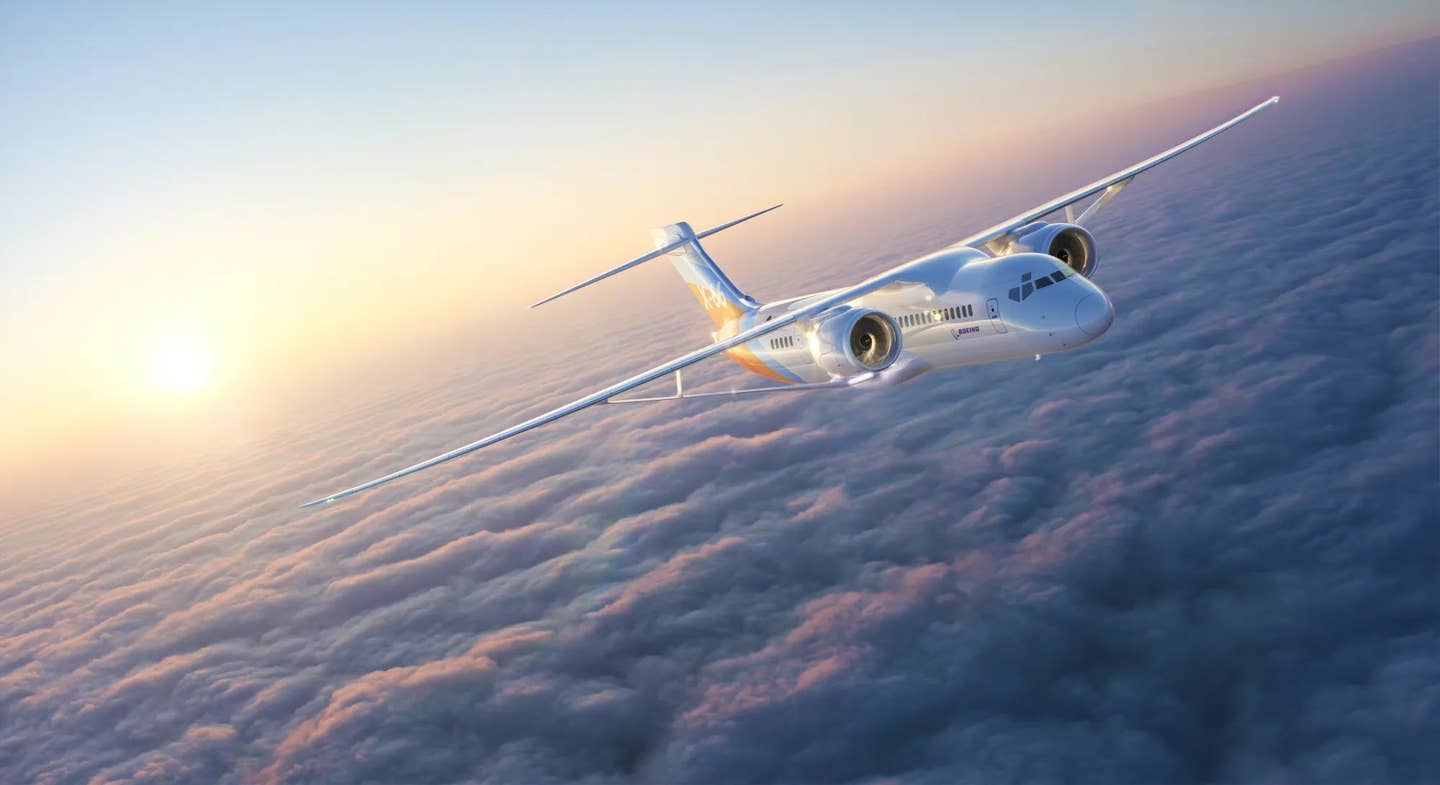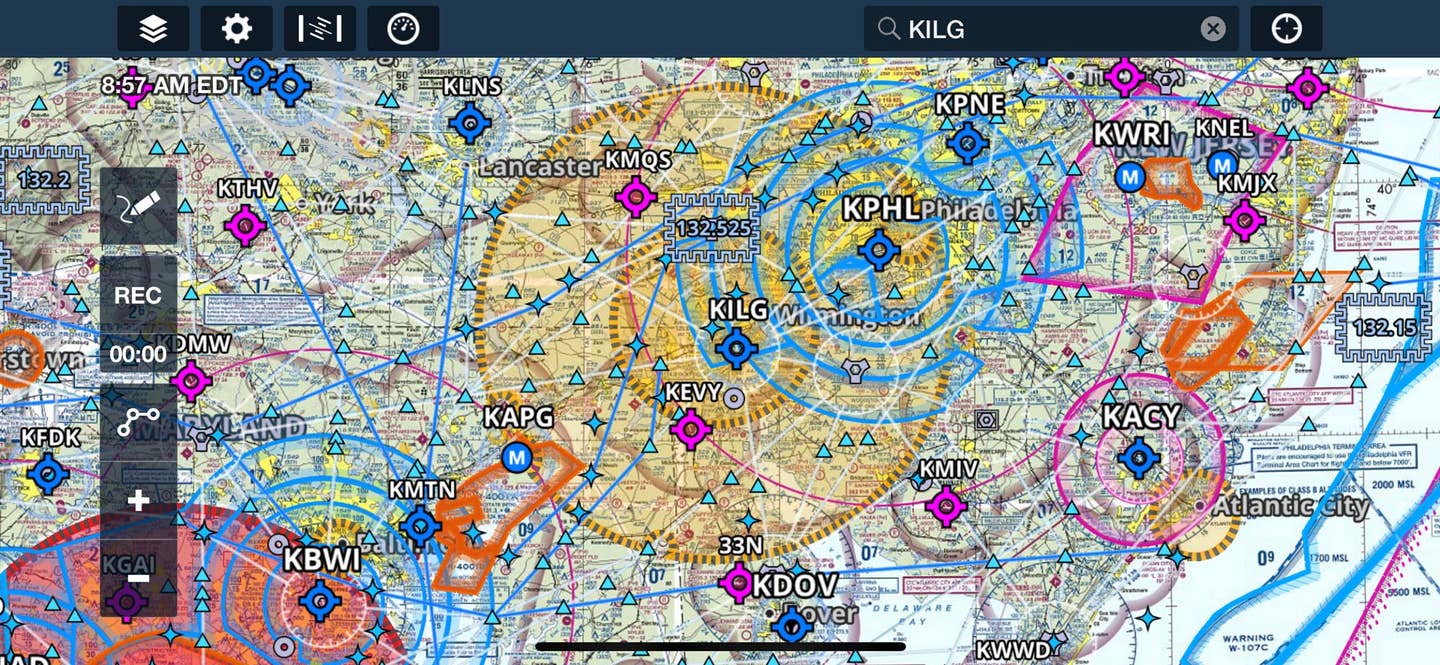
The presidential movement TFR most often triggered by President Biden’s travels is centered on New Castle Airport (KILG), in Wilmington, Delaware, as it will be again on August 12 and 13. Courtesy ForeFlight
Temporary flight restrictions (TFRs) caused by presidential movement cause headaches for operators of flight schools, folks doing banner towing and skydivers on the DelMarVa peninsula—the landmass shared by the states of Delaware, Maryland and Virginia.
But solutions are in the works through the cooperation of local operators, the FAA, the U.S. Secret Service, and via congressional relief packages.
In the nearly 20 years since 9/11, the general aviation community has learned a variety of ways to mitigate the impact of the temporary flight restrictions.
Prior to TFRs restricting the airspace around Ocean City Municipal Airport (KOXB) in Maryland this summer, flight school owner Michael Freed, of Ocean Aviation, attended meetings with the airport manager, Secret Service, and local business leaders to find solutions to minimize the impact of the day-long presidential visits to the area.
Freed told Flying that he was impressed by the advance planning and collaborative effort between local authorities, operators and government agencies. However, some adjustments need to be made to their operations.
“We had no student activity—or we flew out using a code to Salisbury,” where the instructor could supervise a solo flight.
“We’ve also used three-hour blocks instead of two-hour blocks for training” to help account for the additional time required for operations during the TFR period, Freed said.
The Aircraft Owners and Pilots Association has been at the front lines of TFR mitigation, particularly those surrounding presidential and other political visits, since September 2001.
“Understanding the safety of the President is paramount, and AOPA works closely with the United States Secret Service and other federal agencies to help reduce unnecessary impacts on pilots, airports, and businesses on airports that are covered by these TFRs,” said Jim Coon, senior vice president of government affairs for AOPA.
According to the association, it has worked to lessen the impact of TFRs by:
- Supporting the $4 million in reimbursement funding for airports affected by presidential TFRs that was included in the House passed FY22 Transportation, and Housing and Urban Development, and Related Agencies Act
- Leading the effort in 2019 to secure $3.5 million in reimbursements funds for airports impacted by former President Trump’s TFRs.

Sign-up for newsletters & special offers!
Get the latest FLYING stories & special offers delivered directly to your inbox

